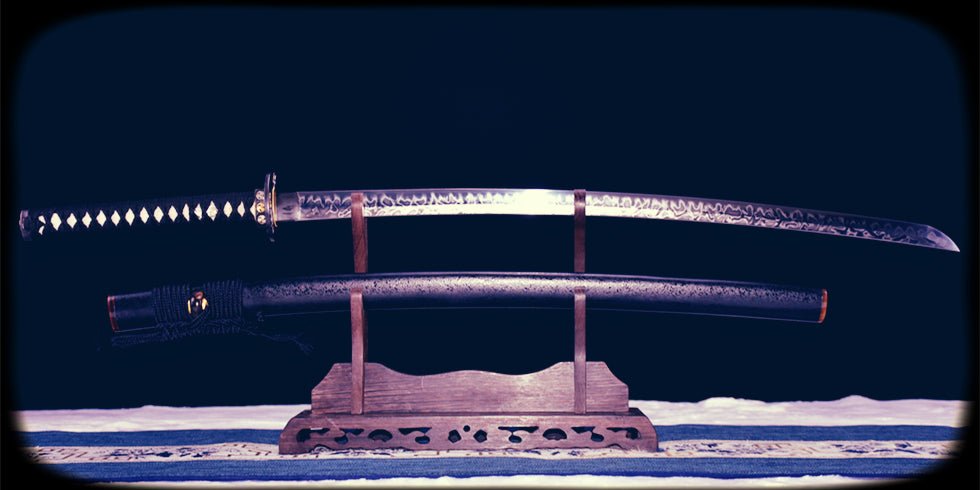Samurai swords, particularly the katana, have captivated the imaginations of many, including Australians who appreciate the blend of artistry, history, and lethal precision. But what truly sets a katana apart from other swords? Let’s delve into the distinctive characteristics that make this iconic weapon stand out.
1. Unique Blade Design
The katana’s most recognizable feature is its curved, single-edged blade. This design is not merely aesthetic; it serves a functional purpose. The curvature allows for a more effective cutting action, enabling swift, precise slices. This design contrasts sharply with the straight, double-edged swords commonly seen in European weaponry.
2. Differential Hardening and the Hamon
One of the katana’s unique qualities is the differential hardening process used in its creation. During this process, the spine and edge of the blade are hardened to different degrees by applying a special clay mixture before quenching. This results in a harder edge for cutting and a softer spine for flexibility, which is visually evident in the hamon, the wavy line running along the blade. This technique not only enhances the blade’s functionality but also its aesthetic appeal.
3. Materials and Craftsmanship
Katanas are traditionally made from tamahagane, a type of steel produced from iron sand. The intricate forging process involves multiple layers of steel being folded upon each other, which eliminates impurities and creates a blade that balances hardness and flexibility. This meticulous craftsmanship is a hallmark of Japanese swordsmithing, with each katana being a unique work of art.
4. Cultural and Historical Significance
Unlike many other swords, the katana is steeped in cultural and historical significance. It was not just a weapon but a symbol of the samurai's honor and social status. Owning a katana was a matter of great pride, and the sword was often passed down through generations. This deep cultural connection adds layers of meaning to the katana, far beyond its practical use in combat.
5. Ergonomic Design and Usability
The katana’s design includes a long, grip-friendly hilt, often wrapped in ray skin and silk, which allows for a two-handed grip. This ergonomic feature gives the wielder better control and power. The sword’s balance and light weight make it an extension of the samurai's body, ideal for the swift, fluid movements characteristic of Japanese martial arts.
6. Versatility in Combat
While European swords were often designed for thrusting or hacking, the katana is versatile in combat. It excels in both cutting and thrusting, making it an adaptable weapon in various combat scenarios. The katana’s edge is incredibly sharp, allowing it to cut through armor and flesh with ease, which was crucial on the battlefield.
Conclusion
The katana is not just a weapon but a symbol of Japanese culture, craftsmanship, and martial prowess. Its unique design, differential hardening, high-quality materials, and historical significance all contribute to its revered status. For Australians interested in martial arts, history, or simply the beauty of finely crafted weapons, the katana offers a fascinating glimpse into a world where function meets art in the most harmonious way.
For those intrigued by the allure of the katana, exploring its rich history and intricate craftsmanship can provide a deeper appreciation for this legendary sword. Whether you’re a collector, a martial artist, or a history enthusiast, the katana’s unique qualities make it a subject worthy of admiration and study.


1 comment
Bob
How can I find out value of a sword?